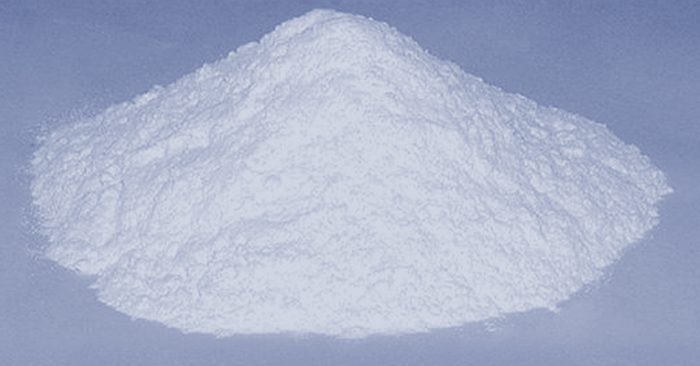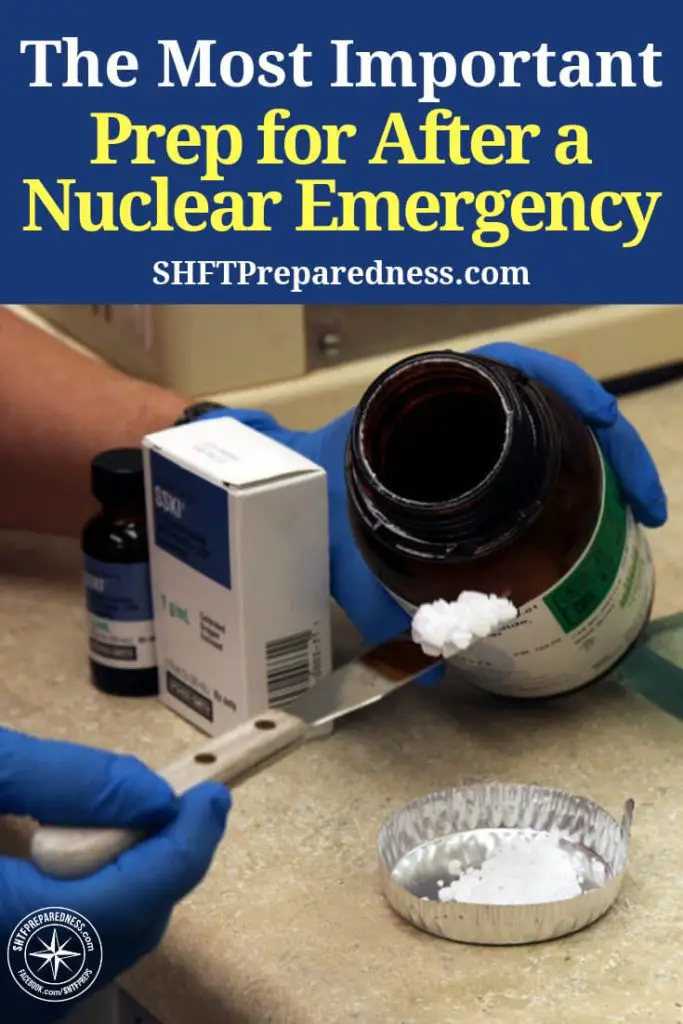Why you need potassium iodide after a nuclear emergency? Do you know what the most dangerous parts of a nuclear emergency are?
While threats might emerge during and after, some are more of a concern then others.

Aside from the immediate threats of a nuclear blast, the thyroid gland is the most susceptible organ to damage from radiation.
Potassium iodide is a stable form of iodine (stable, meaning it isn’t radioactive.) If the thyroid gland is loaded with stable iodine, it can’t absorb radioactive iodine. Radioactive iodine can cause cancer. Here’s how the CDC explains it:
The thyroid gland cannot tell the difference between stable and radioactive iodine. It will absorb both.
KI (potassium iodide) blocks radioactive iodine from entering the thyroid. When a person takes KI, the stable iodine in the medicine gets absorbed by the thyroid. Because KI contains so much stable iodine, the thyroid gland becomes “full” and cannot absorb any more iodine—either stable or radioactive—for the next 24 hours.
Total Protection
This doesn’t protect your body from any other type of radioactive isotope—only radioactive iodine.
You must start taking it right away for protection because it won’t undo the harm that radioactive iodine has caused. If there is no radioactive threat, you should not take KI, as it can be harmful.
Are you wondering the answer to any of the following questions?
How do you take potassium iodide after a nuclear strike or other radiation emergency? Who should not take potassium iodide?
What are the possible side effects of potassium iodide? What kind of potassium iodide should I use for my emergency supplies?
This is important medical information and can be spelled out pretty easily. All of that information and more is spelled out in this article by The Organic Prepper.
It’s a powerful resource for the purchase, storage, and use of potassium iodide after a nuclear emergency.
